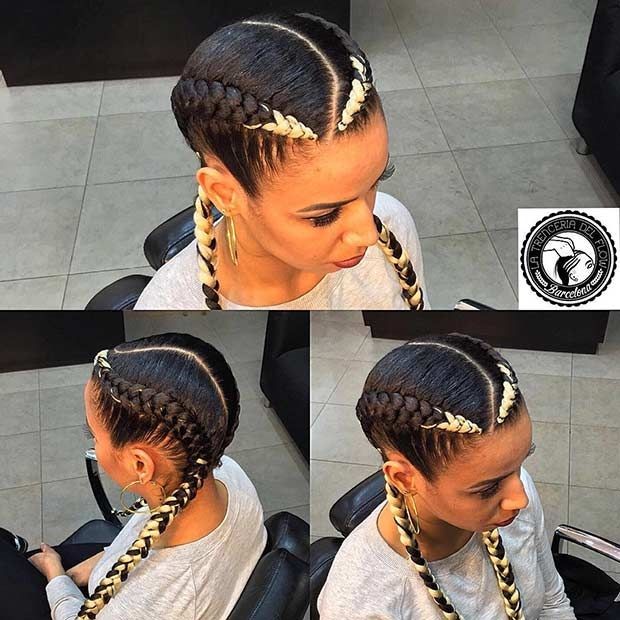Dutch braids are one of the most popular protective styles for Black hair. They are a great way to keep your hair healthy and stylish, and they can be worn in a variety of ways.Dutch braids, also known as inverted or inside-out braids, have long been a popular hairstyle among women of all hair types. However, for those with black hair, achieving the perfect Dutch braid can be a daunting task. Due to the unique texture and thickness of black hair, it requires a different approach and techniques to achieve the desired look. As a result, many women with black hair may shy away from attempting Dutch braids, assuming it to be too difficult or not suitable for their hair type.





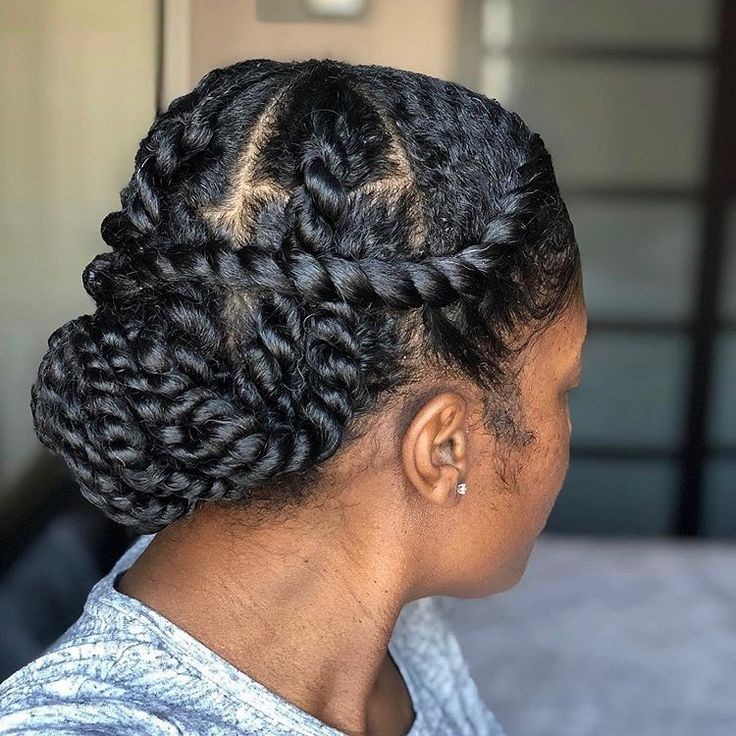
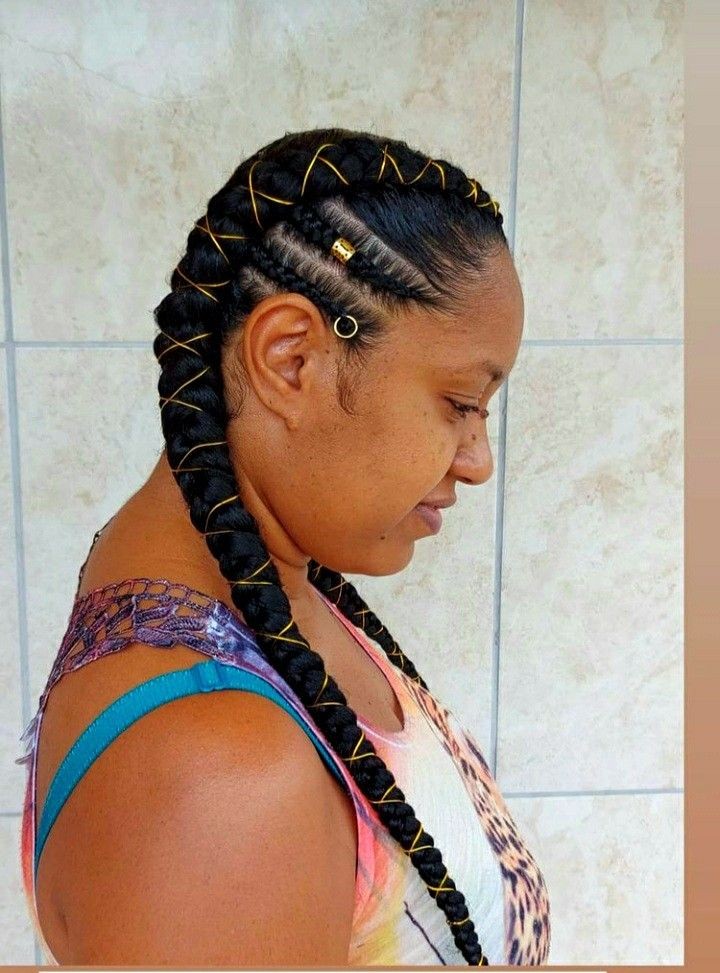



However, with the right knowledge and techniques, Dutch braids can be a stylish and versatile option for black hair. In this article, we will delve into the world of Dutch braids for black hair, exploring the best methods, products, and tips to achieve flawless and long-lasting braids. So, whether you have natural or relaxed hair, this guide will provide you with the necessary steps to achieve a stunning Dutch braid hairstyle. Get ready to elevate your hair game and master the art of Dutch braids for black hair.
Double dutch braid black hair
Double Dutch braiding black hair involves creating two Dutch braids on either side of the head. Begin by parting the hair down the middle, then take a section of hair at the top and divide it into three strands.


Cross the outer strands under the middle, adding hair from the sides as you go. Continue this process down the head, securing the ends with elastic bands. Repeat on the other side. This style is not only stylish but also helps protect natural black hair by minimizing manipulation and promoting hair health.
Dutch braid hairstyles for long hair
For long hair, Dutch braids offer versatile and stylish options. Try a classic Dutch braid crown by braiding around the head, securing with pins. Opt for Dutch fishtail braids for a boho look or create double Dutch braids for a sporty vibe.


For an elegant touch, incorporate Dutch braids into a low bun or ponytail. Experiment with half-up, half-down Dutch braids or weave smaller Dutch braids into loose waves. The key is to adapt the Dutch braid to your style, whether it’s casual, formal, or somewhere in between.
Dutch braid hairstyles for short hair
Adapt Dutch braids for short hair with a stylish half-up Dutch braid or a chic side Dutch braid. Create a crown-like effect by incorporating small Dutch braids along the sides.






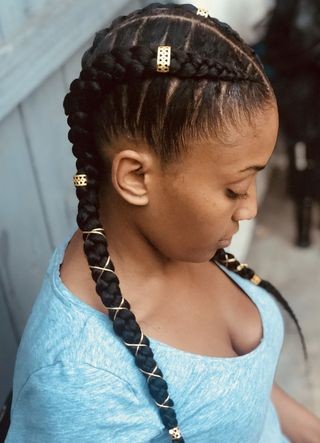

Experiment with placements and sizes to find a versatile style that complements short hair, adding flair to your look.
Dutch braid hairstyles for natural hair
Elevate natural hair with Dutch braids by incorporating them into protective styles. Opt for double Dutch braids or a crown of smaller braids to showcase texture and protect curls. Use the braids to control frizz and maintain moisture, promoting healthy natural hair.









Experiment with parting patterns and sizes to tailor Dutch braids to your unique texture and style preferences.
Dutch braid hairstyles for relaxed hair
For relaxed hair, Dutch braids offer versatile styling options. Create a chic half-up Dutch braid or opt for double Dutch braids for a sporty look.
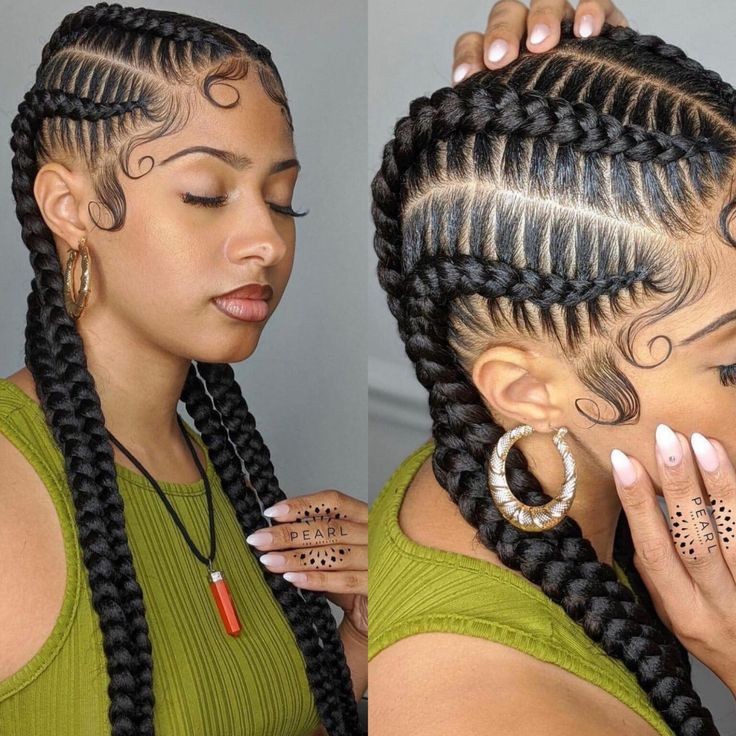

Embrace a classic side Dutch braid or weave smaller Dutch braids into an elegant updo. These styles add flair to relaxed hair while providing a protective element. Experiment with various placements and sizes to find a Dutch braid style that suits your preferences and complements your relaxed hair.
French braid black hair
French braiding black hair involves a classic braiding technique. Begin at the crown, taking a small section and dividing it into three strands. Cross the outer strands over the middle, gradually incorporating more hair as you braid.


Continue this process down the scalp, ensuring a tight and neat braid. Secure the end with an elastic band. French braids are versatile and protective, helping to maintain the health of black hair by minimizing manipulation and reducing breakage. Experiment with various styles, like side-swept or double French braids, to suit your preferences.
4 dutch braids into 2
Creating four Dutch braids and then combining them into two is a stylish and versatile option. Part the hair into four sections and Dutch braid each section individually.


Once all four braids are done, gather the two front braids on each side and secure them together with an elastic band, creating two larger combined braids. This style offers a unique twist to the traditional Dutch braids, adding an interesting element to your look while maintaining the braided aesthetic.
Dutch braid afro hair
Dutch braiding Afro-textured hair involves a few key steps. Begin by sectioning the hair and moisturizing to reduce tangles. Start the Dutch braid at the front, taking three sections and crossing them under one another while incorporating additional hair. Maintain a firm grip to keep the braid close to the scalp.
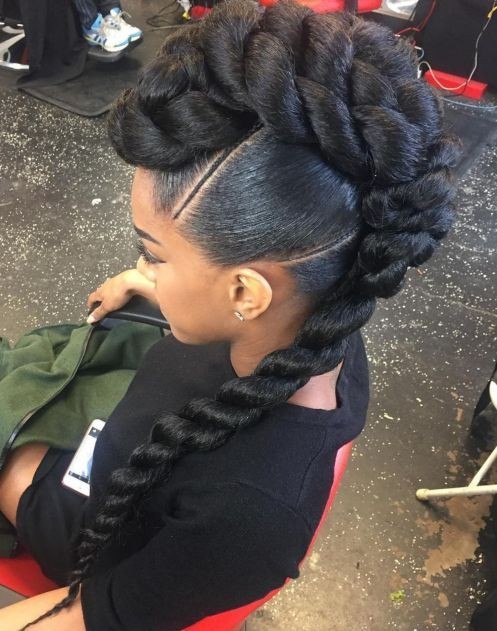

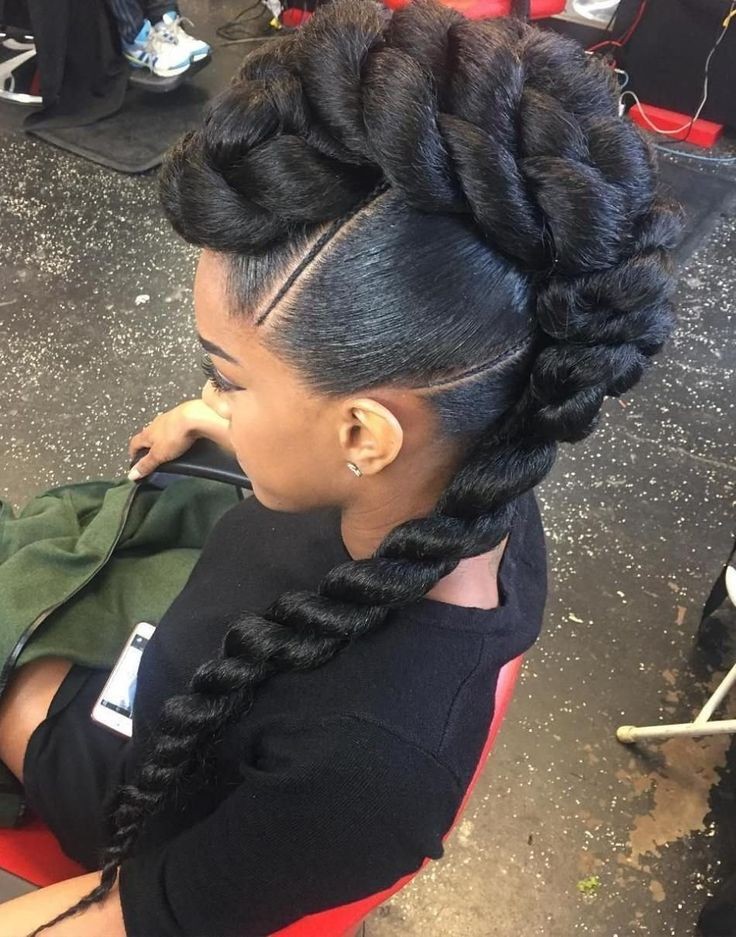

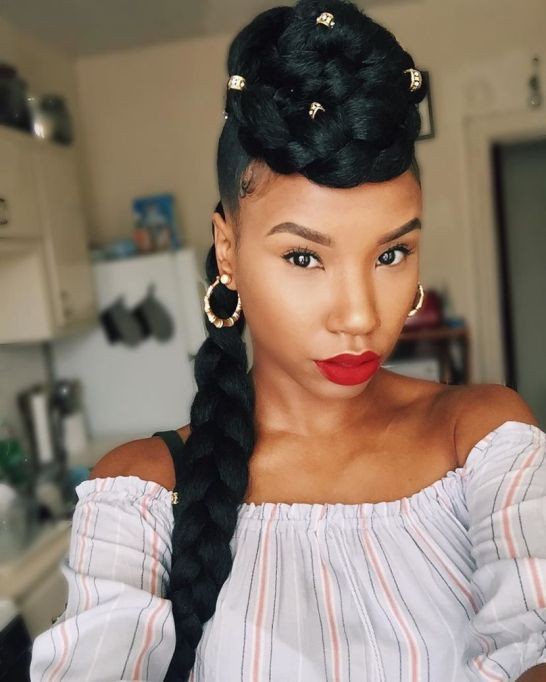

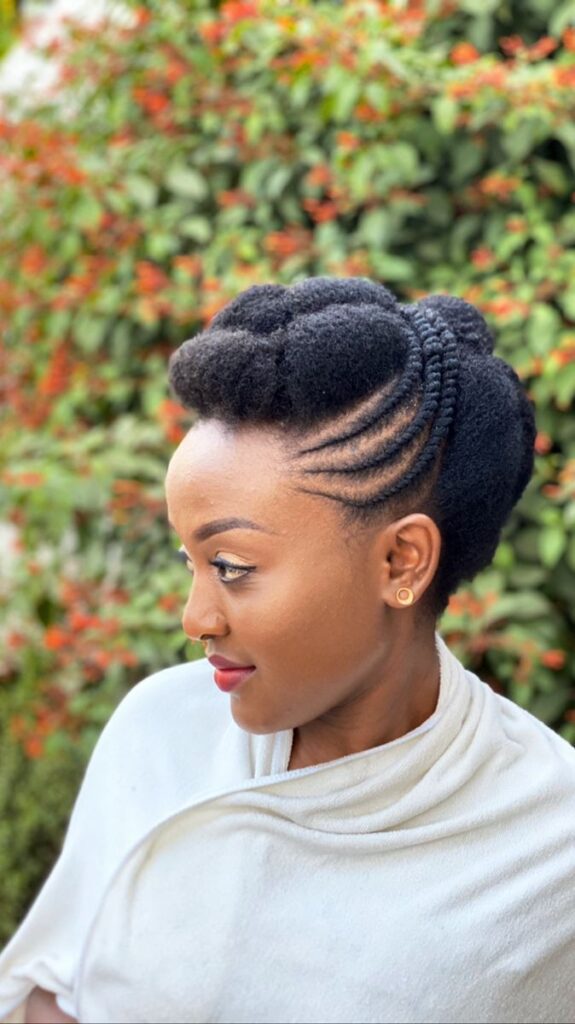

Continue braiding, adding hair from both sides until you reach the nape of the neck. Secure with an elastic band. Dutch braids are protective and showcase the unique texture of Afro hair. Experiment with different partings and sizes to find a style that complements your individual hair texture and preferences.
Two braids black Girl natural hair
Creating two braids on natural black hair is a classic and versatile style. Part the hair down the middle, dividing it into two sections. Starting at the front, take one section, divide it into three strands, and begin Dutch or French braiding towards the back.




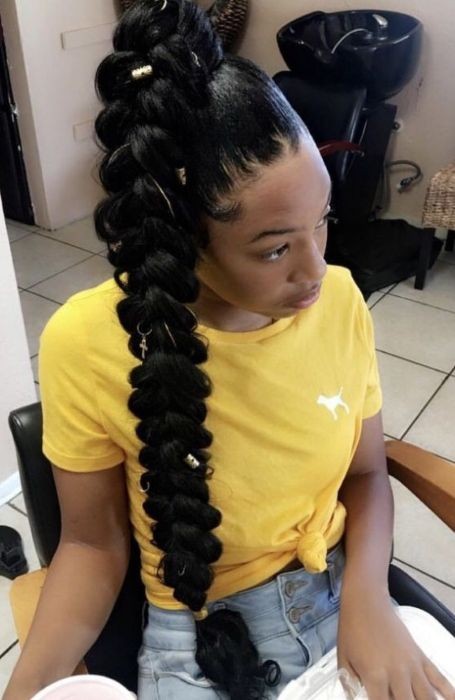

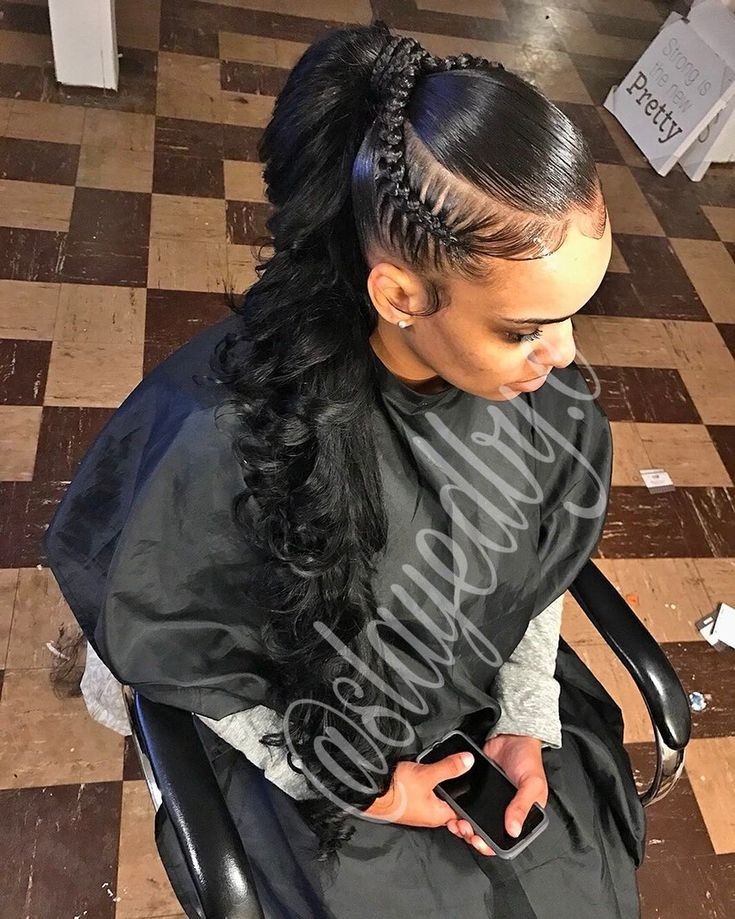

Repeat on the other side. Secure the ends with elastic bands. This protective style not only showcases the natural beauty of black hair but also helps maintain its health by minimizing manipulation. Experiment with different braid sizes and lengths to suit your personal style and preference.
Dutch crown braid black hair
Achieving a Dutch crown braid on black hair involves braiding along the perimeter of the head, creating a crown-like effect. Start at one side, take a small section near the face, and initiate a Dutch braid by crossing the strands under each other while incorporating more hair.
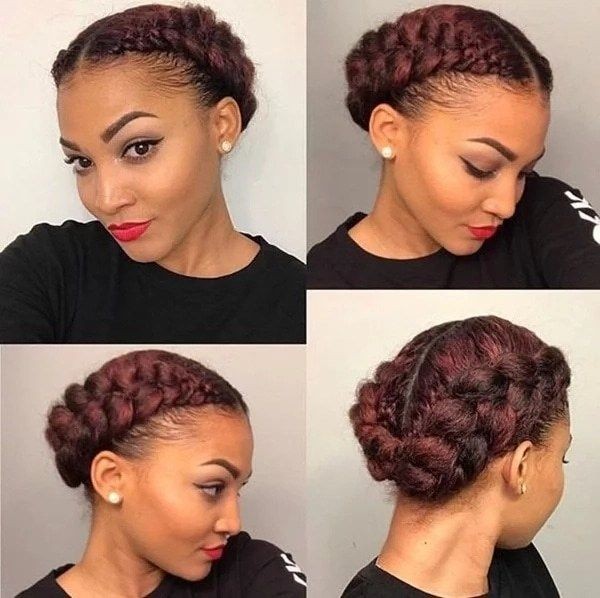

Continue this process around the head, maintaining a close-to-the-scalp braid. Once you reach the starting point, secure the braid with an elastic band. This elegant style not only highlights the natural beauty of black hair but also provides a chic and protective look. Adjust the tightness and size to suit your preferences.
Dutch braids with extensions Black Hair
To create Dutch braids with extensions on black hair, begin by sectioning the hair and adding extensions for length if desired. Start the Dutch braid at the front, incorporating both natural and extension hair into the three initial strands.
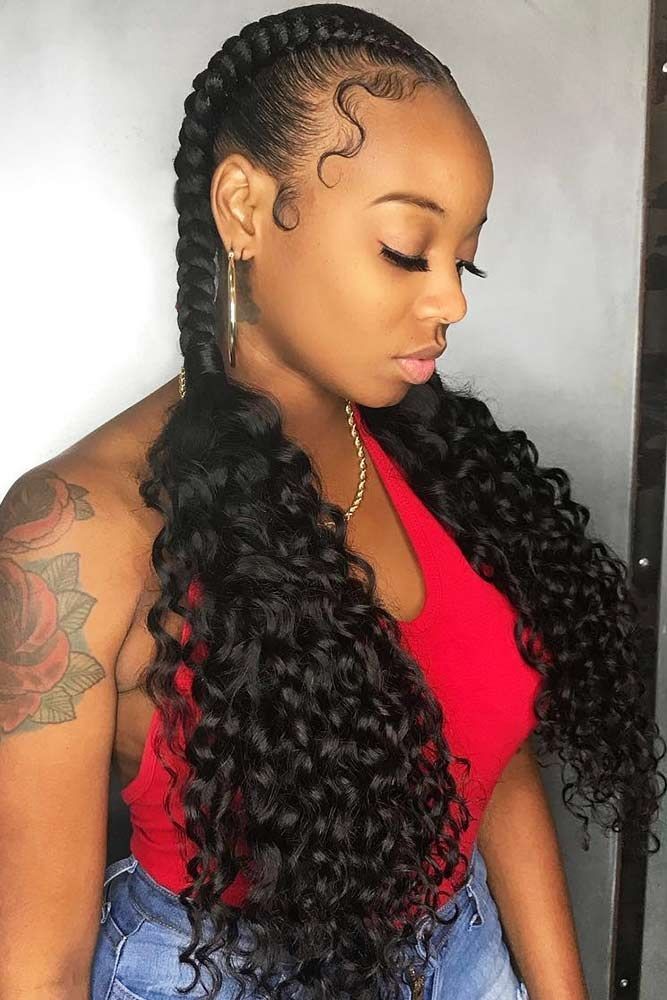

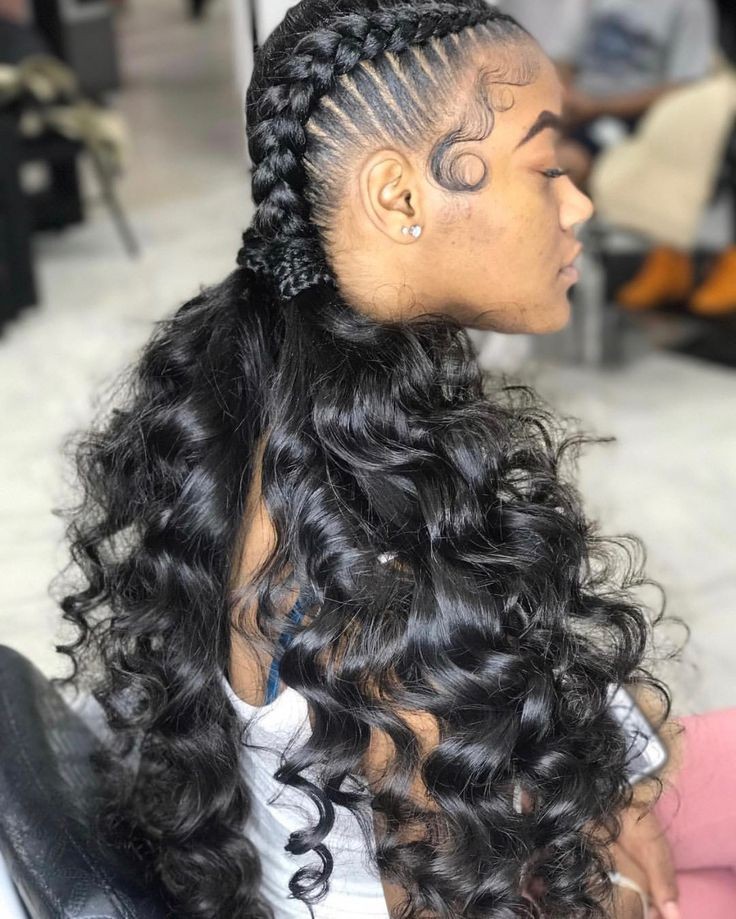

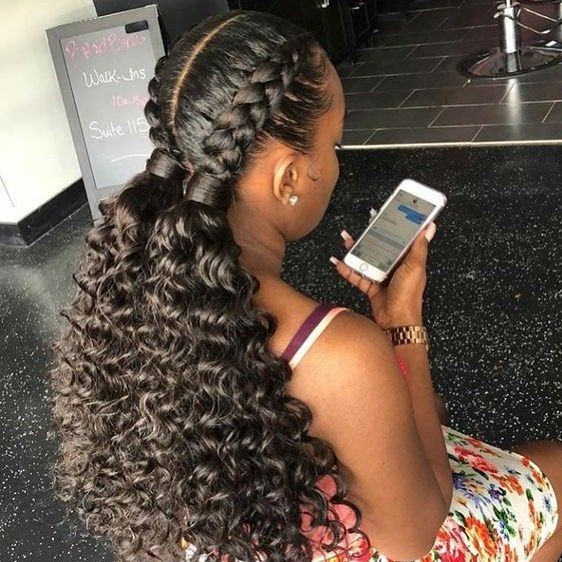

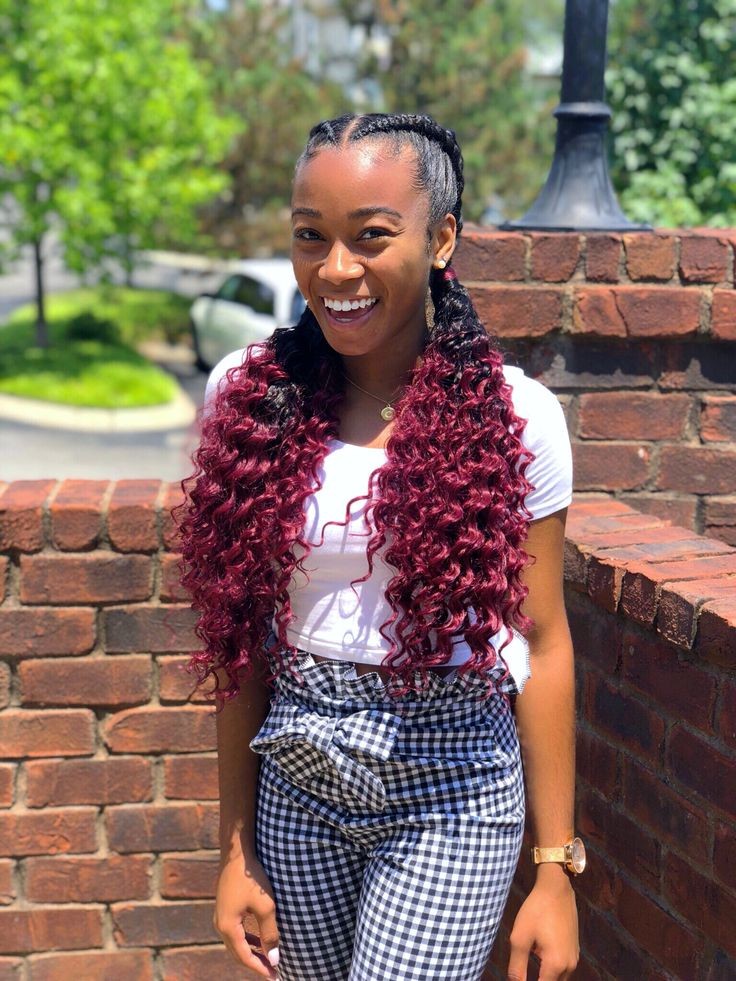

Continue braiding, adding more extension hair along with your natural hair. This method ensures a seamless blend. Once you reach the ends, secure with an elastic band. Dutch braids with extensions not only add length but also offer versatility in styling. Experiment with different extensions and braid sizes for a customized look that suits your preferences.
Mastering the Dutch braid technique
To achieve a beautifully executed Dutch braid on black hair, it is necessary to understand the intricacies of the technique. Begin by parting the hair into three equal sections at the crown of the head. Unlike a traditional braid, the Dutch braid requires crossing the strands under rather than over each other, resulting in a braid that appears raised from the scalp.
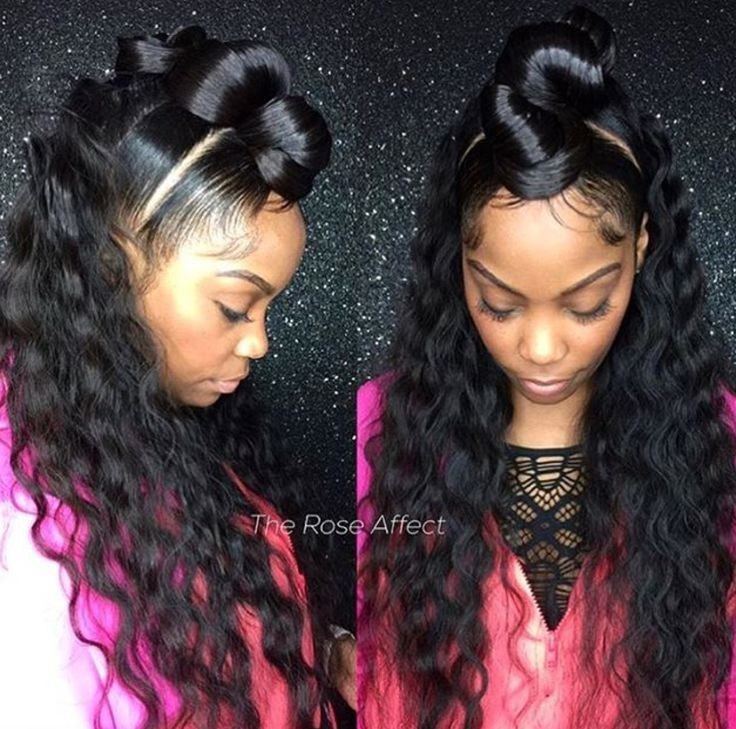

To maintain neatness and control throughout the process, it is crucial to consistently add new sections of hair to each strand while tightly weaving the braid downwards. With practice and patience, mastering the Dutch braid technique on black hair can produce stunning results that showcase both elegance and intricacy.
Preparing your black hair properly
Properly preparing your black hair before attempting a Dutch braid is essential for achieving the best results. Start by ensuring that your hair is clean and well-moisturized. Use a gentle shampoo and conditioner specifically formulated for black hair to maintain its natural oils and prevent dryness. After washing, gently towel dry your hair to remove excess moisture, avoiding rough movements that can cause breakage.


Apply a leave-in conditioner or moisturizing cream to provide further hydration and minimize frizz. Before starting the braid, detangle your hair using a wide-toothed comb or your fingers, starting from the ends and working your way up to the roots. This will help prevent any knots or tangles that could affect the smoothness of your braid. By properly preparing and caring for your black hair, you create a strong foundation for a flawless Dutch braid that showcases the beauty and uniqueness of your hair texture.
Sectioning is key for precision
To achieve a precise and polished Dutch braid on black hair, sectioning plays a crucial role. Dividing your hair into smaller, manageable sections allows for better control and accuracy while braiding. Start by parting your hair either down the middle or on one side, depending on your desired style.
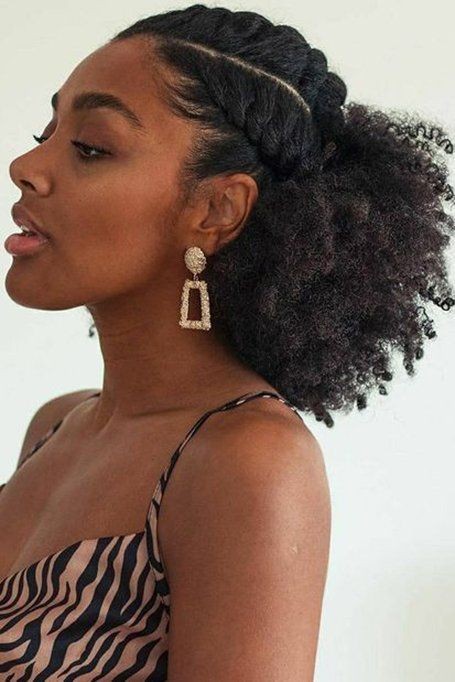



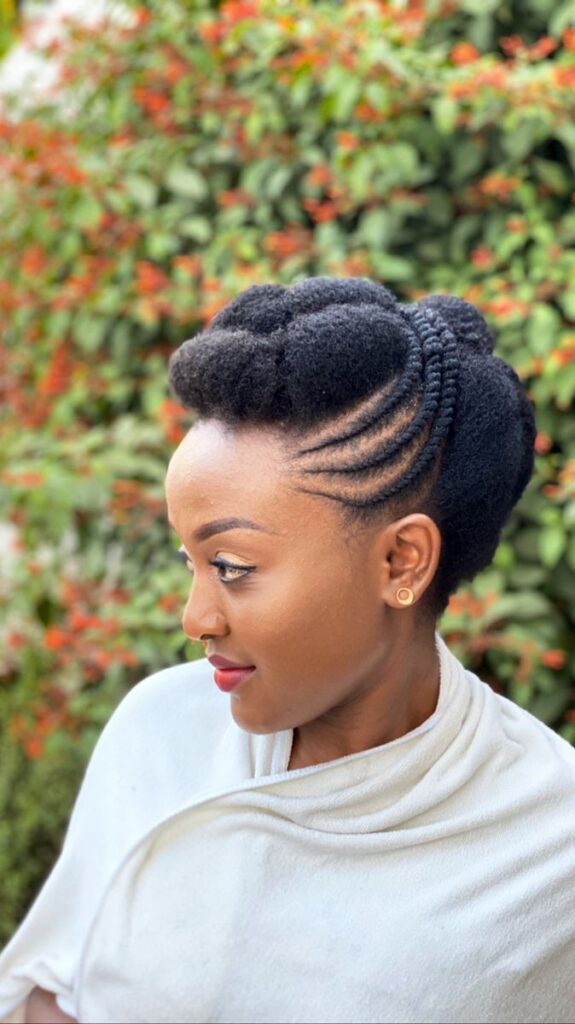

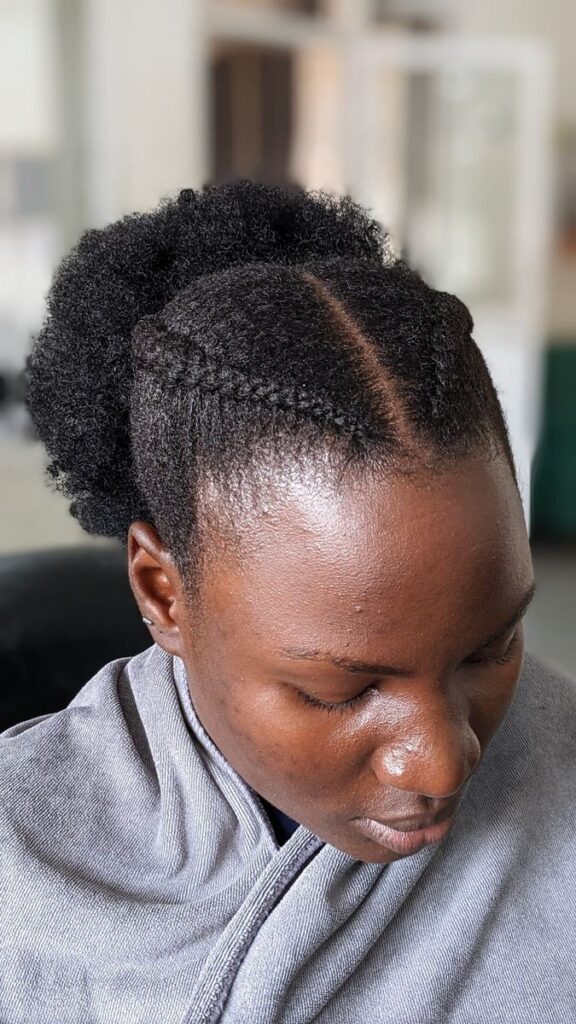

Then, use a fine-toothed comb to create clean and even partings throughout your hair, dividing it into smaller sections. Secure each section with clips or elastics to keep them separate and prevent tangling. By sectioning your black hair thoughtfully and evenly, you create a solid framework for a well-executed Dutch braid that accentuates the beauty and texture of your hair.
Choosing the right products to use
When it comes to achieving the perfect Dutch braid on black hair, choosing the right products can make a significant difference in the outcome. Opting for high-quality hair products specifically formulated for black hair can help enhance the durability and longevity of your braid. Look for moisturizing and strengthening products that cater to the unique needs of black hair, such as leave-in conditioners, styling creams, and edge control gels.
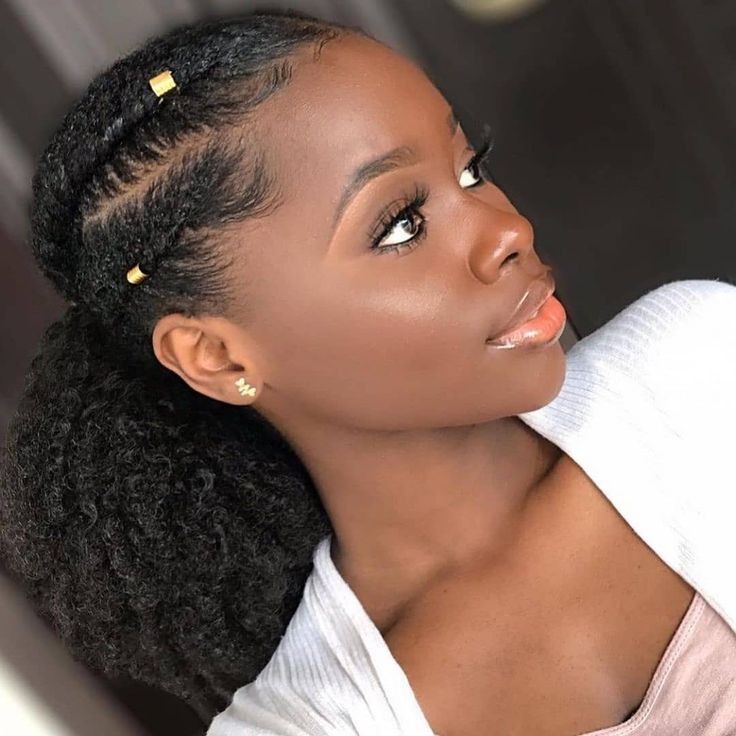

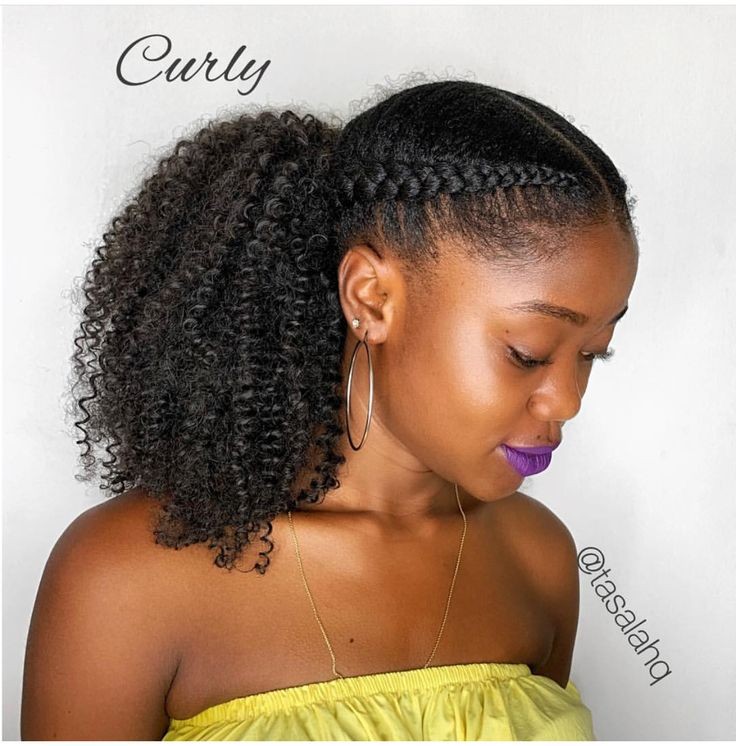

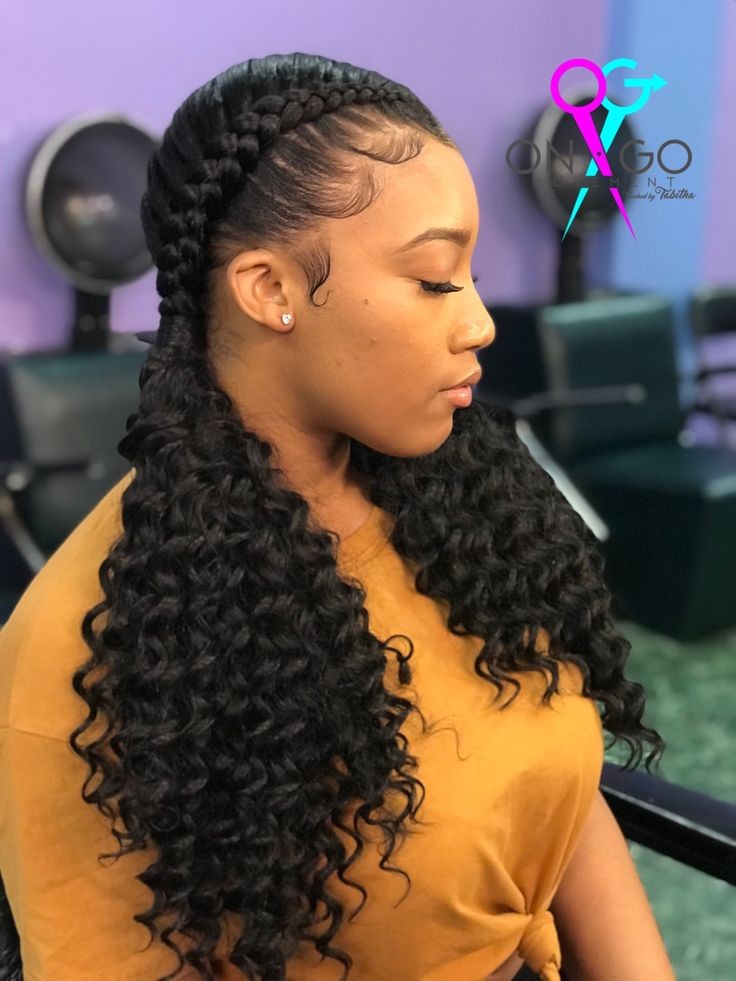

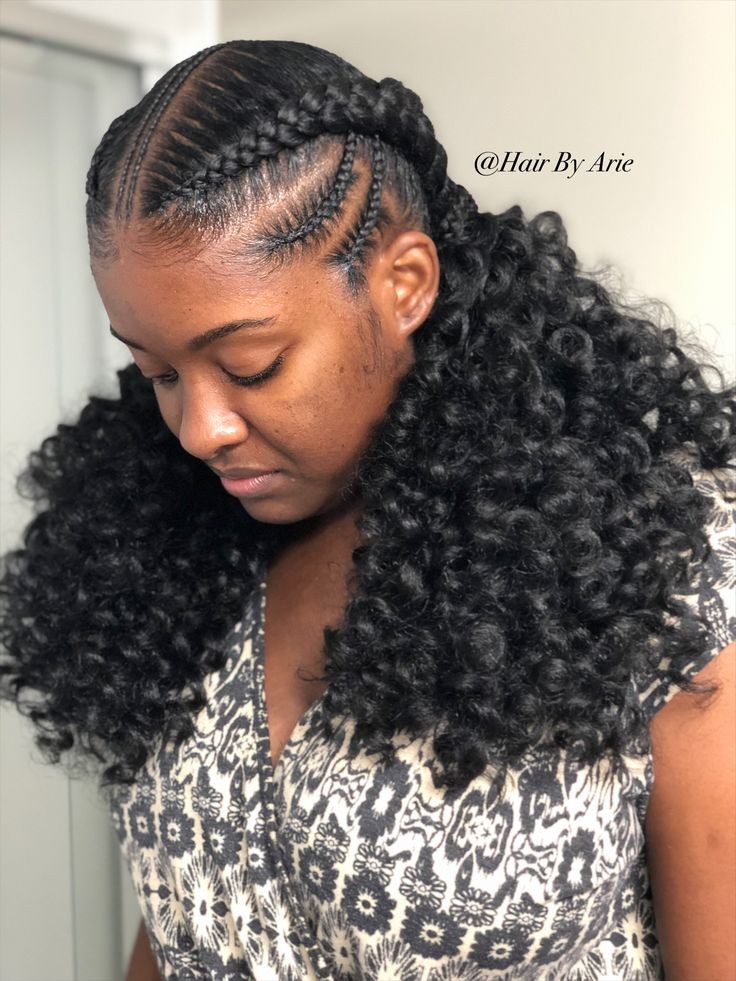

These products can provide the necessary hydration, control frizz, and add shine to your black hair, allowing for a sleek and polished Dutch braid that lasts throughout the day. Additionally, using tools like a wide-tooth comb or a paddle brush designed for black hair can help detangle and smooth the hair, making the braiding process easier and more manageable. By investing in the right products and tools, you can ensure that your Dutch braid on black hair looks flawless and maintains its integrity.
Creating a clean parting line
To create a clean parting line for your Dutch braid on black hair, precision and attention to detail are key. Start by sectioning off your hair using a rat-tail comb or a fine-tooth comb, ensuring that the part is straight and even. For a more defined parting line, you can use a pointed end of a comb to create a straight line from the front to the back of your head.
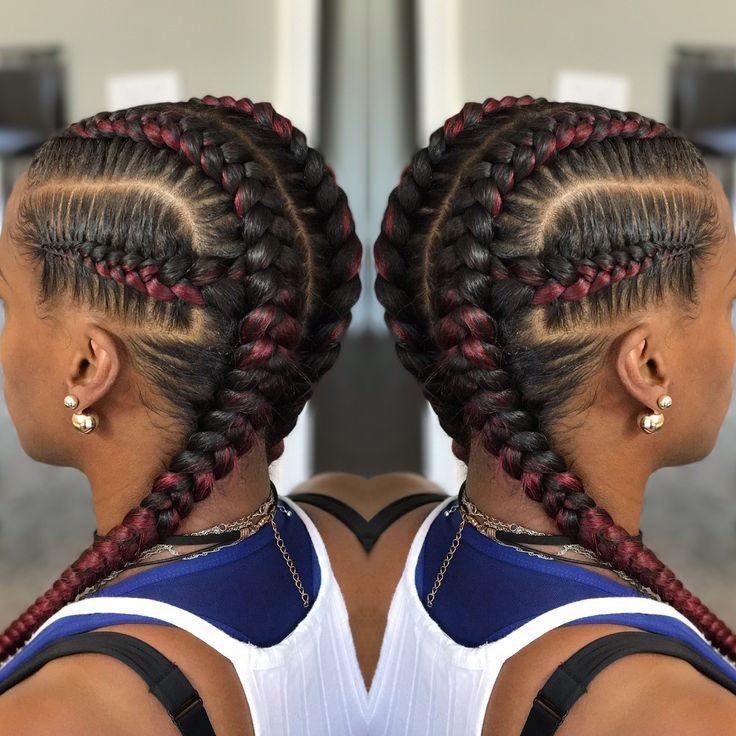

Gently comb the hair on either side of the parting line to keep it neat and separate from the rest of the hair. Using a styling gel or edge control product, apply a small amount along the parting line to help smooth any flyaways and keep the hair in place. By taking the time to create a clean and precise parting line, your Dutch braid on black hair will have a polished and professional finish.
Adding extensions for length and volume
To enhance the length and volume of your Dutch braid on black hair, adding extensions can be a game-changer. Extensions come in various lengths and textures to seamlessly blend with your natural hair, providing the desired thickness and length for your braid. Choose extensions that closely match your hair color to achieve a seamless, natural look. Before adding the extensions, ensure that your hair is properly prepped and detangled. Begin by creating a small section of hair at the base of your braid and secure it with a hair elastic.
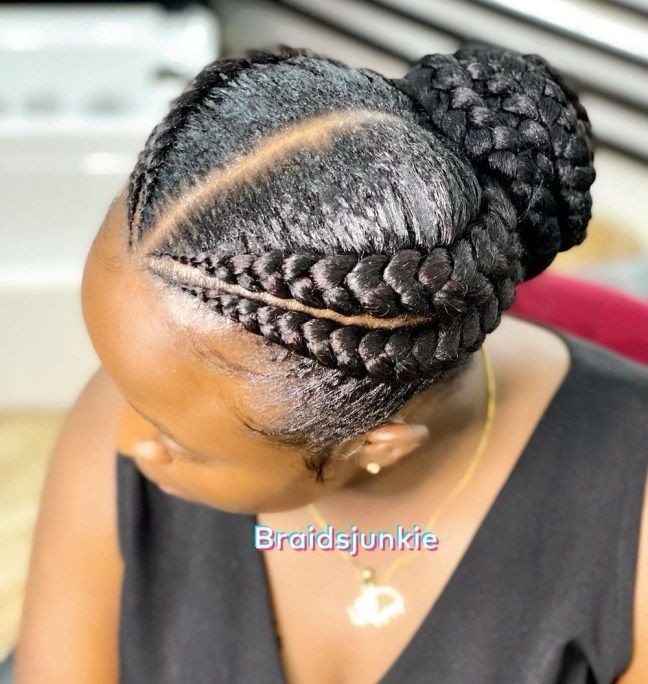



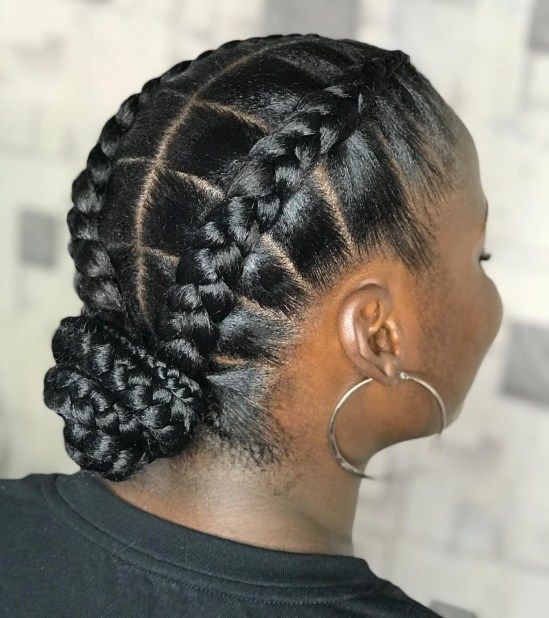



Then, carefully attach the extensions to this section, making sure they are securely in place. As you continue with your Dutch braid, incorporate the extensions into each section, ensuring they are evenly distributed. This technique will give your braid the appearance of fullness and length, creating a stunning and voluminous hairstyle.
Tips for braiding with extensions
When braiding with extensions, there are a few important tips to keep in mind for a successful and polished result. First, make sure to use high-quality extensions that match the texture and color of your natural hair. This will help create a seamless and natural blend. Additionally, it is essential to properly prepare your hair before braiding. Detangle your hair thoroughly to avoid any knots or tangles during the braiding process.
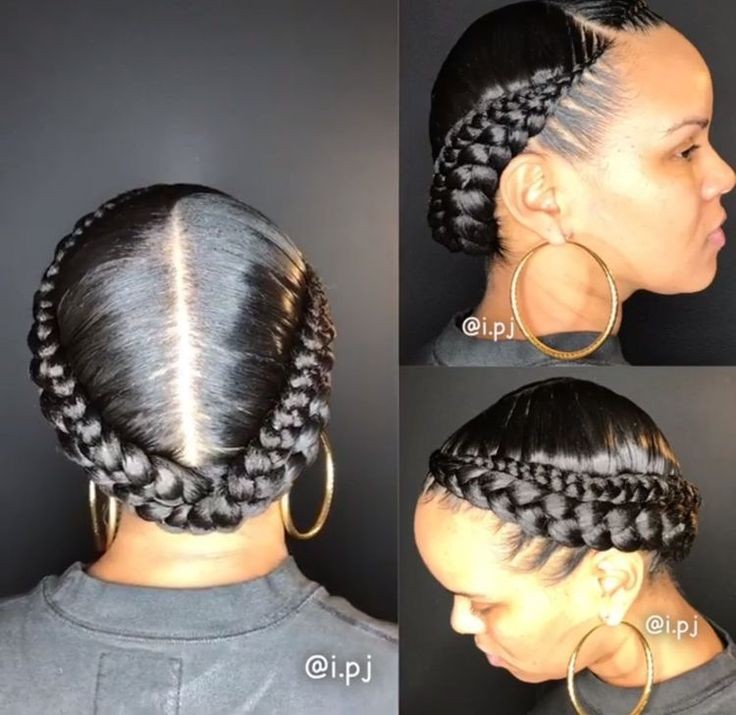

When adding the extensions, ensure that they are securely attached to prevent them from slipping or becoming loose. As you braid, incorporate the extensions evenly throughout each section to maintain a consistent and uniform look. Finally, take your time and be patient while braiding to ensure that each section is neat and well-defined. Following these tips will help you achieve a beautifully braided hairstyle with extensions that enhances the length and volume of your black hair.
How to secure the braid
Securing the braid is a crucial step in achieving a long-lasting and flawless hairstyle. After completing the Dutch braid on black hair, there are a few techniques you can employ to ensure that it stays in place throughout the day. One effective method is to use small, clear elastic bands to tie off the ends of the braid.
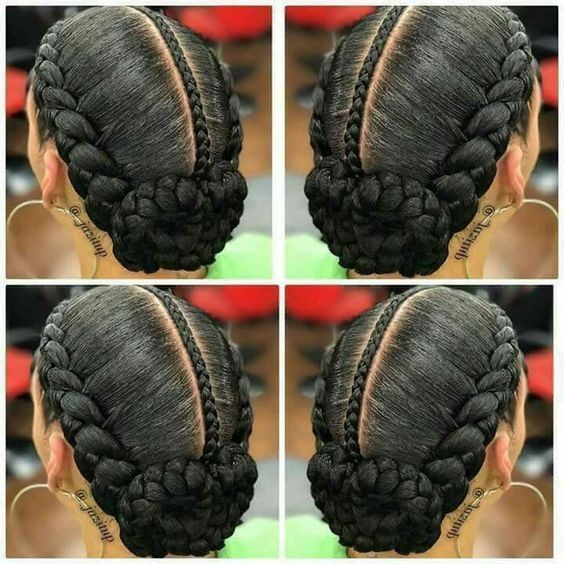

These bands provide a secure hold without drawing attention away from the intricate design of the braid. Additionally, you can apply a lightweight hairspray or styling gel to the finished braid to further enhance its staying power. Gently smoothing any flyaways or loose strands with a boar bristle brush or your fingertips can also contribute to a polished and secure final look. By implementing these techniques, you can confidently rock your Dutch braid on black hair, knowing that it will remain intact and stylish for hours on end.
Finishing touches for a polished look
To complete the polished look of your Dutch braid on black hair, consider adding a few finishing touches. One option is to adorn the braid with hair accessories that complement your outfit or personal style. Delicate hair pins or jeweled clips can add a touch of elegance, while colorful ribbons or silk flowers can inject a playful and whimsical vibe. Another way to elevate the appearance of your braid is by gently pulling on the sections to create more volume and dimension.


This technique, known as “pancaking,” gives the braid a fuller and more textured look. Finally, a spritz of shine serum or lightweight oil can add a glossy sheen to your braid, enhancing its overall appeal and radiance. By incorporating these finishing touches, you can elevate your Dutch braid on black hair from a simple hairstyle to a polished and sophisticated statement.
Maintaining your Dutch braid style
To ensure that your Dutch braid on black hair stays intact and looking fabulous, it’s important to follow a few maintenance tips. First and foremost, avoid excessive touching or playing with your braid throughout the day to minimize frizz and preserve its neat appearance. When it comes to sleeping, consider loosely braiding your hair or wrapping it in a satin or silk scarf to prevent the braid from becoming tangled or unraveling overnight.
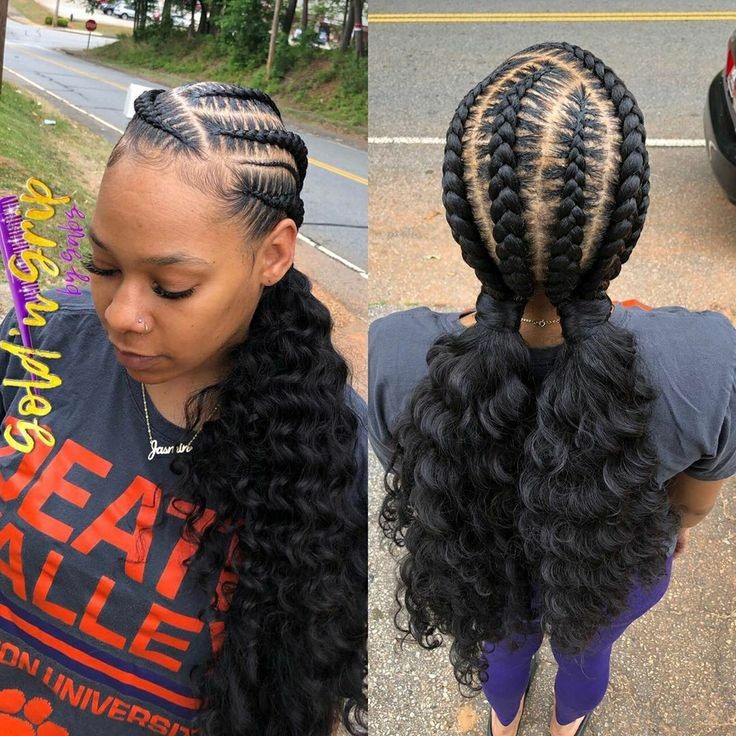

Additionally, be cautious when applying any hair products near the braid, as certain formulas may cause it to become slippery or lose its hold. Finally, if you notice any stray hairs or loose sections, gently tuck them back into the braid and secure them with bobby pins for a seamless look. By taking these steps to maintain your Dutch braid, you can enjoy its stylish charm for an extended period of time.
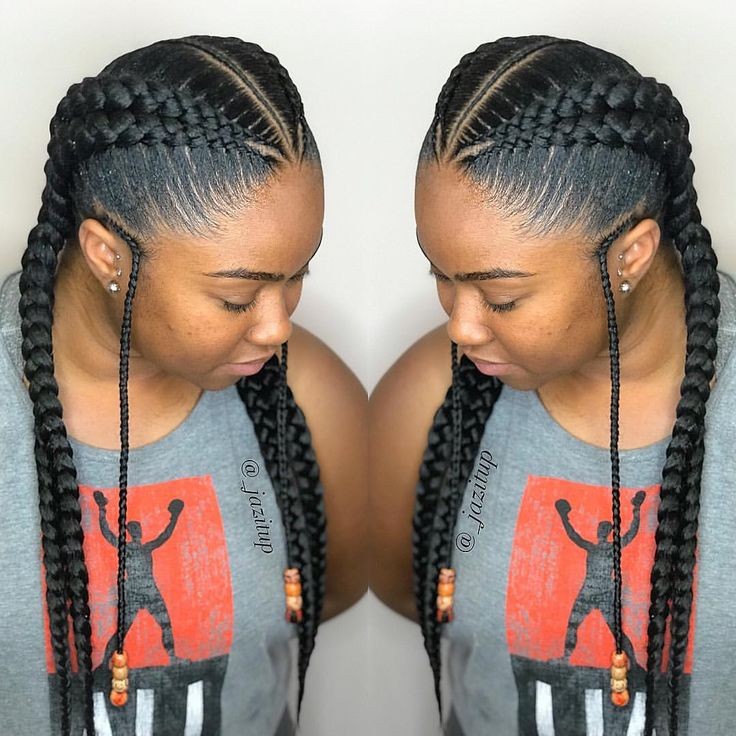

In conclusion, the Dutch braid is a beautiful and versatile hairstyle that can be achieved on black hair with some practice and skill. Whether you’re going for a sleek and elegant look or a more casual and bohemian style, the Dutch braid is a great option for all occasions. It’s also a great protective style for natural hair, keeping it safe from damage and breakage. With the right technique and products, anyone can rock a flawless Dutch braid on their black hair. So don’t be afraid to give it a try and elevate your hair game with this classic and timeless braided hairstyle.
Are dutch braids cornrows
No, Dutch braids and cornrows are distinct styles. Dutch braids involve three strands crossing under each other, creating a raised braid. Cornrows are a flat, close-to-the-scalp braid style formed by braiding sections of hair. While both are protective styles, their techniques and appearances differ: Dutch braids are raised, while cornrows lie flat against the scalp.









